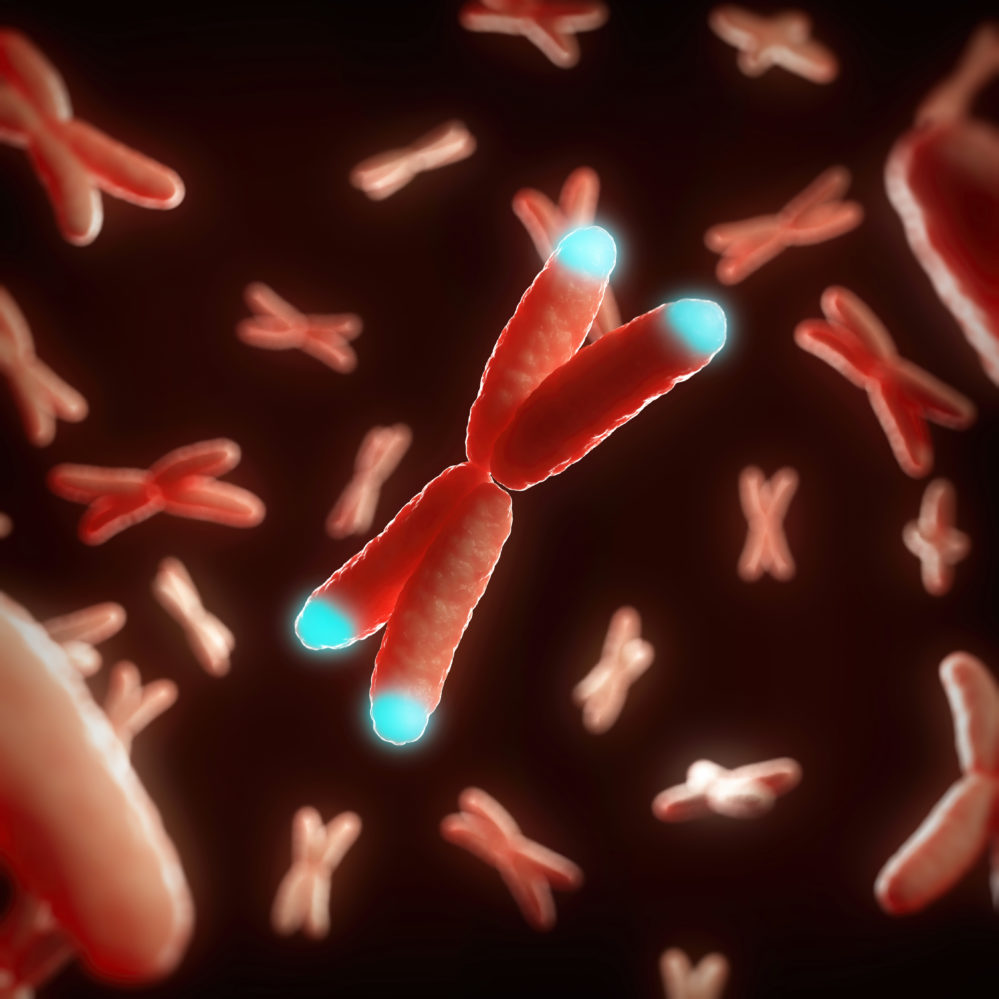Using WGS data from 7,485 Japanese subjects from BioBank Japan (BBJ), 32 were found to have viral read depth indicative of integrated HHV-6. Using 10-100 fold higher sequencing depth than a previous study, these researchers distinguished between individuals with integrated HHV-6A and HHV-6B using concatenated genes (U27/U43/U83). Comparisons of the sequences of individuals with integrated HHV-6A suggested that all of these viral sequences were descended from a single “founder” event and propagated throughout the population through vertical transmission. This conclusion differs from a previous study that hypothesized SNPs in the MOV10L1 gene on chr22q, responsible for creating PIWI-interacting RNAs (piRNAs), caused piRNAs that normally silence transposable elements to be less efficient at blocking integration of the HHV-6 genome.
A phylogenetic tree created from phase-estimated microarray data from chr22q discovered 9 subjects with HHV-6A from BBJ potentially sharing a haplotype on the distal end of chr22q without being closely related to each other. This evidence along with integrated HHV-6A variants in Chinese and Japanese subjects from 1000 Genomes Project (1kGP) support the hypothesis that there was an “ancestral viral integration into chr22q”.
The author’s postulate that low sequencing depth in the previous study lead to “identification of an index SNP distant from the “causal” HHV-6A variant present in the telomere”. In this study fluorescent in situ hybridization (FISH) of chr22q and long-read sequencing was performed to confirm the HHV-6A-linked haplotype is physically linked to telomere-integrated HHV-6.
This paper reports an estimated integration timing based on accumulation of HHV-6A genome mutations of 30,556 years ago (95% CI 15,253 - 54,672). Another estimate based only on Japanese subjects yielded 14,881 years (95% CI 4,832 to 34,727). Finally they estimated how long the HHV-6A-linked haplotype was recombining in the Japanese population using decay of linkage disequilibrium between integrated HHB-6A and a linked marker allele (rs149078280-T). The estimate using this calculation is 875 years ago (CI 250-2,350 years).
HHV-6B sequences were also found on chr22q in the haplotype analysis. GWAS of 11 subjects with this HHV-6B variant and FISH mapping of 3 subjects were performed to support physical linkage. These results along with the previous study of HHV-6A show that the majority of integrated HHV-6 are found on chr22q in the Japanese population.
The authors then go on to describe evidence for the previously predicted molecular signature of recombination along direct repeats (DRs) that have been shown in vitro to be associated with viral reactivation. Sequences from subjects with reads mapping to HHV-6A with depth below the threshold to infer germline integration were compared to subjects with integrated HHV-6. By analyzing the coverage of the viral genome the researchers found subjects with reads that mapped the entire genome of HHV-6 and subjects with reads mapped to a solo-DR sequence. This is the first reported instance of solo-DR sequences of HHV-6B in vivo providing support of the theory that viral reactivation is preceded by recombination and excision of the HHV-6B from the chromosome.
Find the full paper here: Liu 2020

